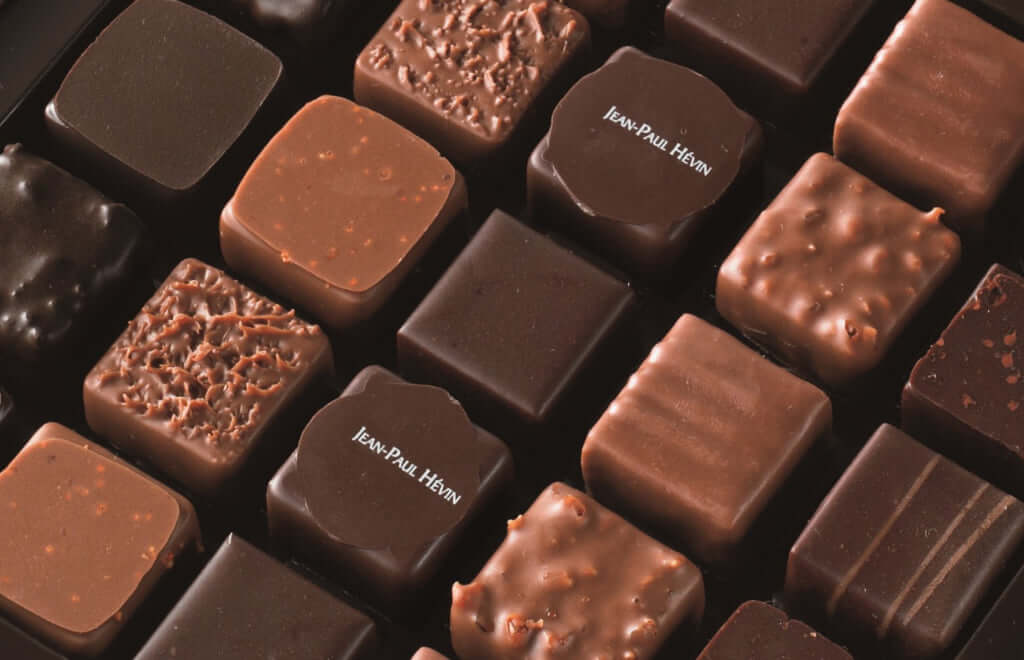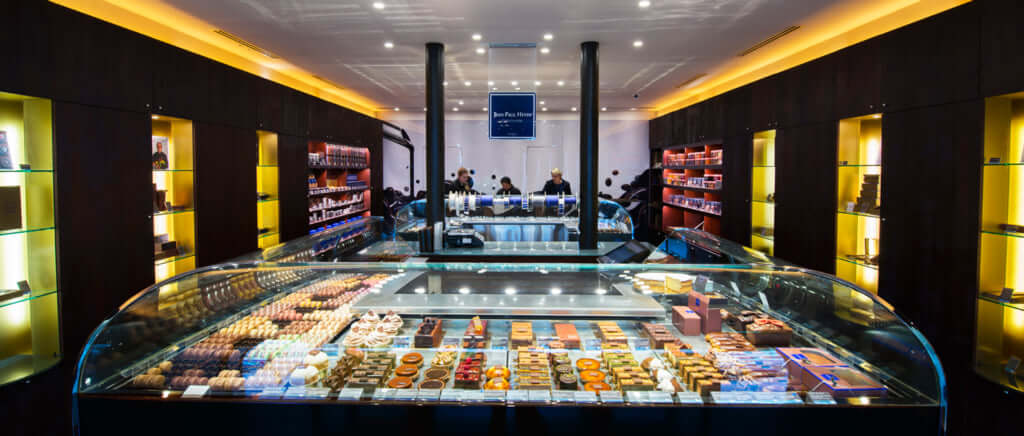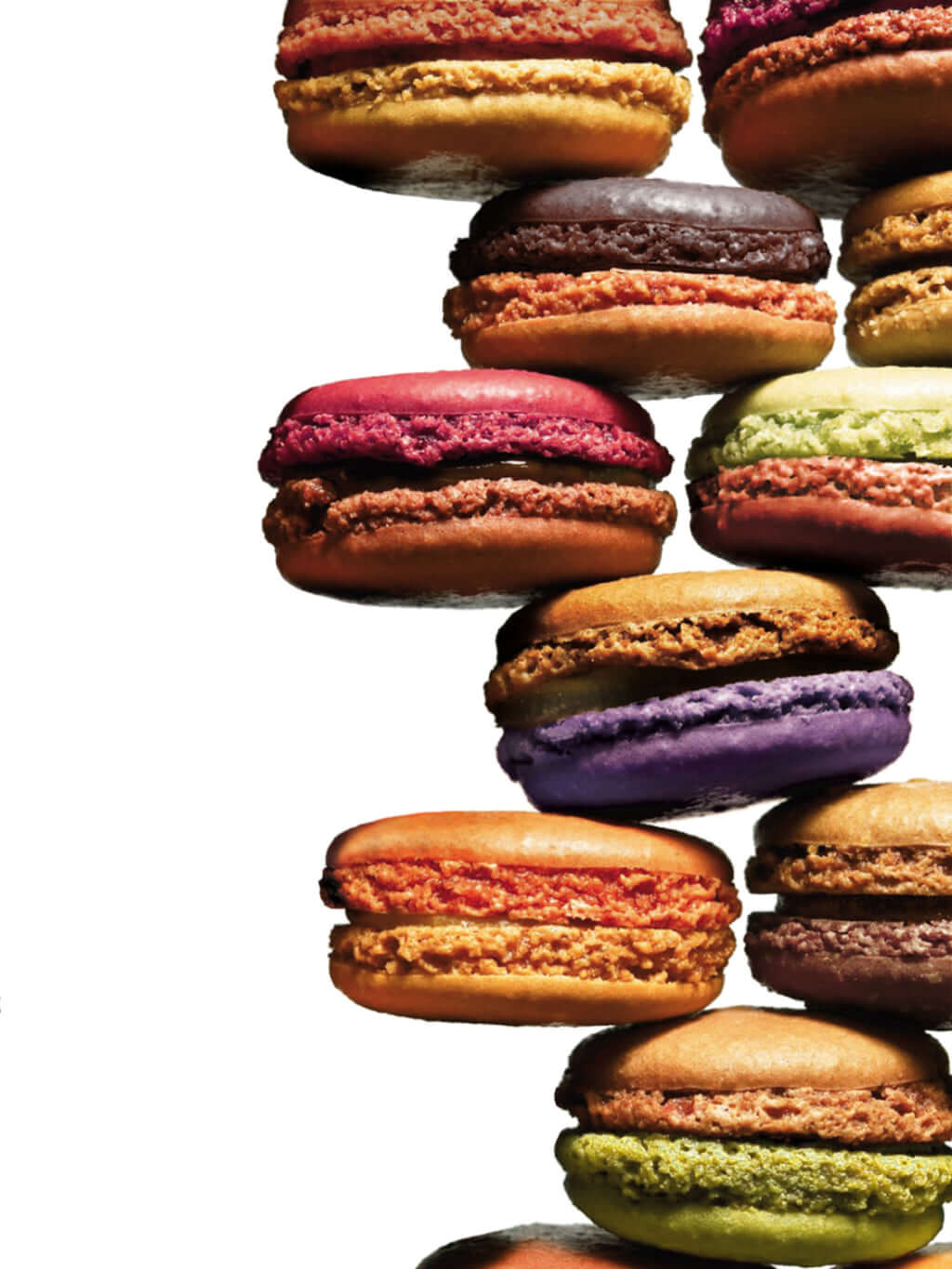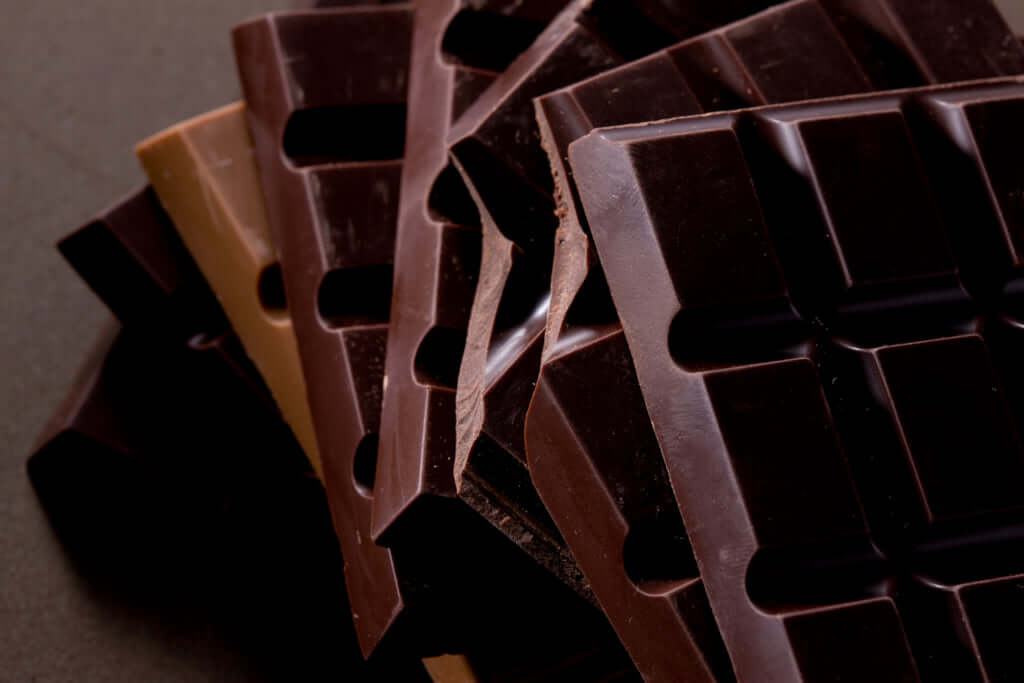Jean-Paul Hévin, the Chocolatier Charmed by Japan
His career began in Japan, where the majority of his shops can be found and where he enjoys great popularity.

© Jean-Paul Hévin
This chocolatier from Mayenne has achieved global fame and has become quite the superstar in Japan. When starting out as a pastry chef, he met the man who would later become his mentor: Joël Robuchon.
Guided by the master, Jean-Paul Hévin excelled in the kitchens at Hotel Nikko in Paris. The chocolatier won the Coupe de France de Pâtisserie in 1982, the theme for which was none other than Japan.
Starting out in Japan
In 1984, he headed to Japan after having been commissioned by Lucien Peltier to open the pastry chef’s first shop. This first voyage outside of France fascinated the future great chocolatier and he fell for Japan’s charm. His insatiable curiosity led him to learn the language, explore and become thoroughly taken in by Japanese culture.
After a year, Jean-Paul Hévin returned to his home country, where he was awarded the title of Meilleur ouvrier de France in 1986. His originality, artistic sensitivity and unbeatable flair, accompanied by his solid technical skills, conquered the French market when he opened his first shop in Paris in 1988.
A chocolate purist, creating his works with the same lightness of touch as would a craftsman in any other field, Jean-Paul Hévin aspires to offer new pleasures and discoveries. In 2002, he opened his first shops in Tokyo. By 2019, there were fourteen of them across the country. This dazzling success is due to Jean-Paul Hévin’s ability to adapt, for example by incorporating yuzu and chestnut cream into his products. His chocolate creations can be tasted in a setting created by the chef himself, the Cave à chocolat.
More information about Jean-Paul Hévin can be found on the chocolatier’s website.

© Jean-Paul Hévin

© Jean-Paul Hévin

© Jean-Paul Hévin

© Jean-Paul Hévin
TRENDING
-
The Tattoos that Marked the Criminals of the Edo Period
Traditional tattoos were strong signifiers; murderers had head tattoos, while theft might result in an arm tattoo.

-
'In the Realm of the Senses', the Story of a Dominant Woman
Nagisa Oshima made Sada Abe the heroine of his film, defying the codes of 'pinku eiga' that make men the focus of attention.

-
‘Girl in Kimono’ by Painter George Hendrik Breitner
After discovering Japanese engravings, the Dutch artist drew inspiration from them for a series of paintings marked by Japonisme.

-
Queen's First Steps in Japan, by Koh Hasebe
The photographer captured on camera moments during the renowned British group's first visit to Japan, back in 1975.

-
Taking Time to Watch the Forest Breathe With Takeshi Shikama
Combining history with a photographic technique, 'Silent Respiration of Forests' is a call to rethink our relationship with nature.





